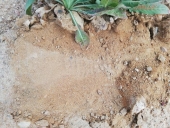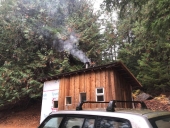




Success has a Thousand Fathers , Failure is an Orphan
LOOK AT THE " SIMILAR THREADS " BELOW !




allen lumley wrote:
Do I understand that you built your heat Riser without using a running bond pattern to allow staggering of your bricks ?
3) after you insulate with clay slip and Perlite then you should use a layer of structural cob and then a finish coat to protect your exposures, you are building a type
of masonry stove and need to protect the exposures to include the floor unless you want the floor to be part of your thermal mass AND have no problem with
moisture at that location !
I have no idea what you mean by back ! Big AL !
"Necessity is the mother of invention" That's why I'm a Jack of all trades, Master of some and have learned that Knowledge is power, but information isn't necessarily knowledge.




"Necessity is the mother of invention" That's why I'm a Jack of all trades, Master of some and have learned that Knowledge is power, but information isn't necessarily knowledge.




"Necessity is the mother of invention" That's why I'm a Jack of all trades, Master of some and have learned that Knowledge is power, but information isn't necessarily knowledge.





"Necessity is the mother of invention" That's why I'm a Jack of all trades, Master of some and have learned that Knowledge is power, but information isn't necessarily knowledge.

| I agree. Here's the link: http://stoves2.com |





